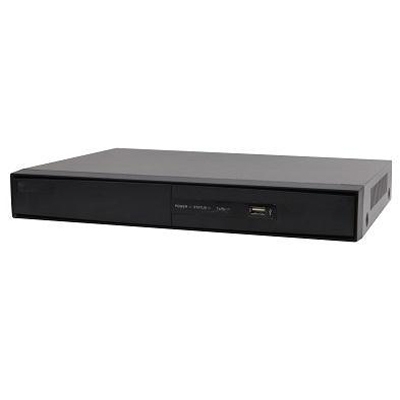ONVIF, the global leading standardisation initiative for IPbased physical security products, announced that it is streamlining the user experience of its interoperability specification by developing a Profile concept so users can more easily identify interoperable solutions to deploy within their organisations.
The Profile concept will enable end users to easily identify features that are supported by a profile without requiring them to have extensive technical knowledge of the specific version of the ONVIF specification. Users will no longer need to determine if specific devices introduced in ONVIF 2.0 are compatible with clients that conform to ONVIF 1.0 or with newer versions introduced in the future. Instead, users will be able to easily select the appropriate profile that offers interoperability at a specific functional level between units and software that fits their needs.
"ONVIF will continue to evolve and release subsequent versions and enhancements to our IP-interoperability specification," said Jonas Andersson, Chairman of ONVIF's Steering Committee. "With the Profile Concept, end users and systems integrators will find it easier to determine compatibility between conformant products or feature sets when building their IPbased security systems, regardless of how many different versions of the ONVIF specification have been released."
With a planned expansion of its specification to include physical access control systems, slated for release later this year, ONVIF is focused on the ultimate goal of providing a global open network interface standard for physical IP-based security equipment. The ONVIF Core Specification 2.0, which encompasses video storage, display devices, video analytics and other areas, was released in late 2010.























